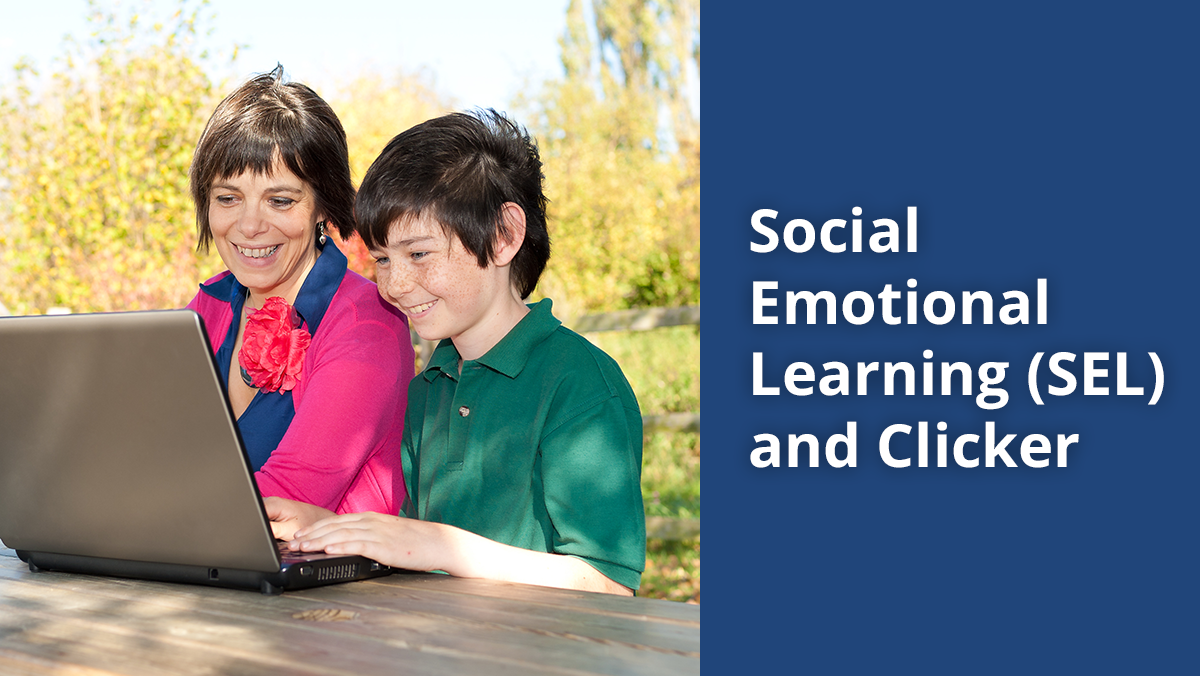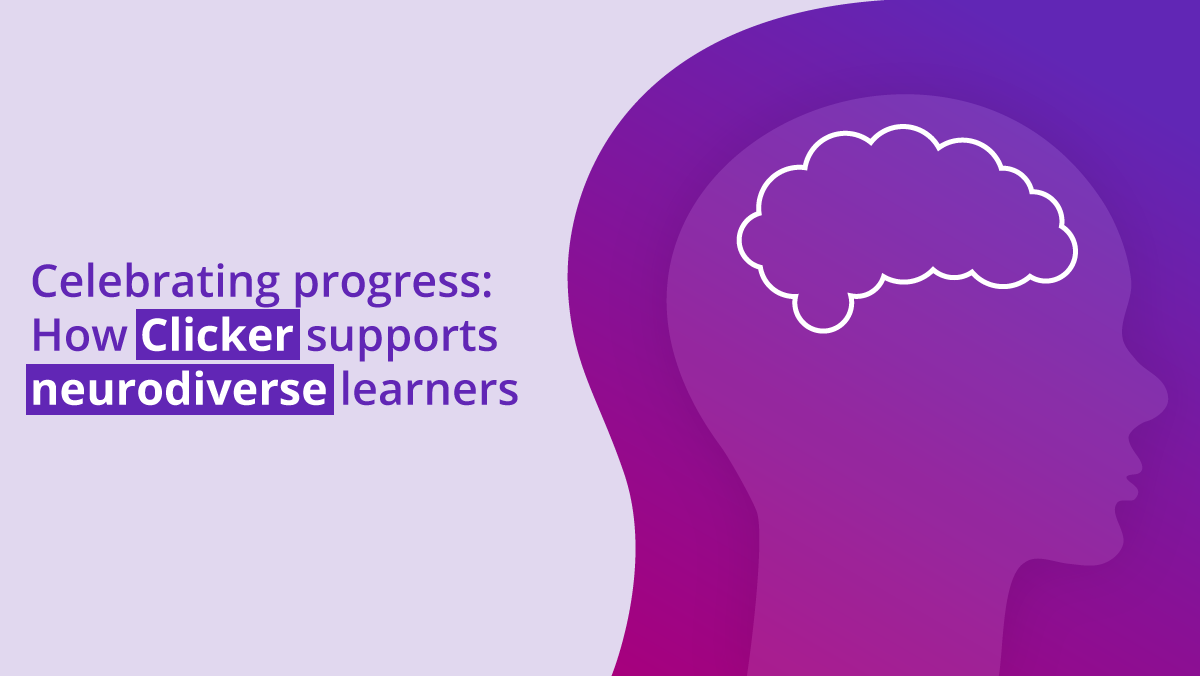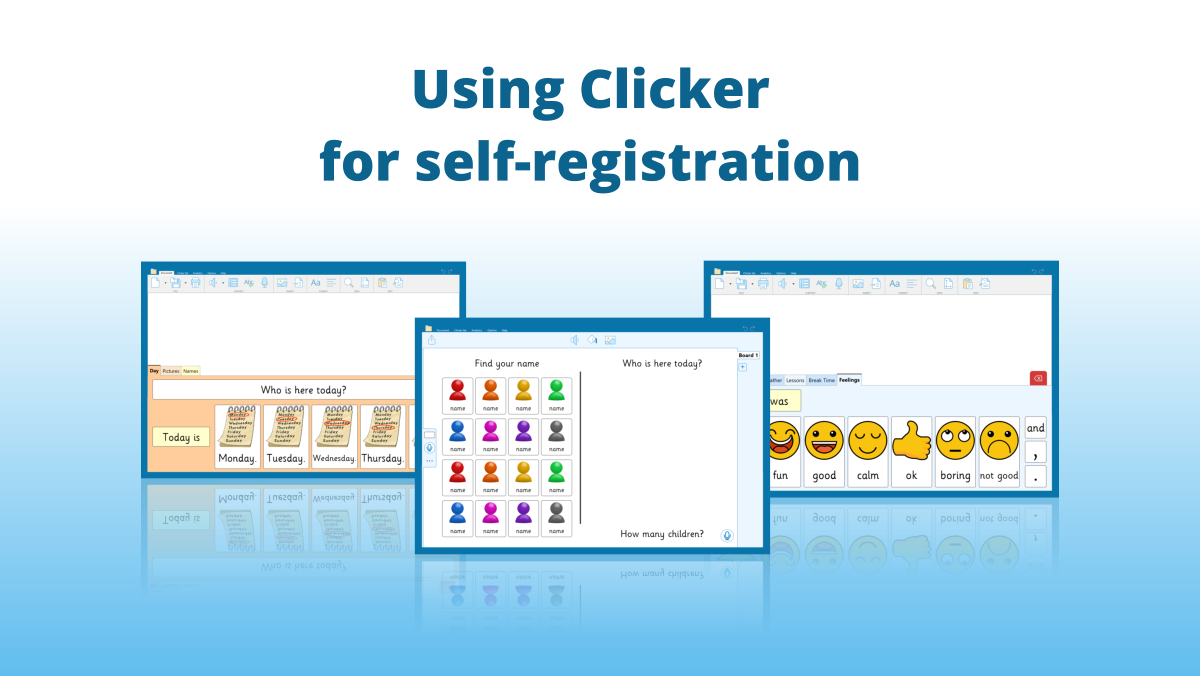Recently we were asked about using Clicker alongside Talk for Writing in our Clicker Community Facebook group. I answered with some suggestions, but I felt it was such a good topic it would be beneficial to write up some ideas in more detail for each stage of the Talk for Writing approach.
Stage one: Imitation
In stage one you’re introducing the story that you’ll be working on with your class orally. The sets in our Story Corner on LearningGrids could be used as a model text, they have clear structures and language patterns that are ideal for oral retelling. We also have lots of resources for various writing abilities, that can be used or adapted to support any story. They’re easily shared through cloud storage too, so pupils can access them and retell the story at home!
Children could re-tell and record each stage of the story using a Tell the Story Talk Set, like this example for Little Red Riding Hood. You could create your own Talk Set using the images from your story map that children can use to record their oral retelling of the story.

Once children are confident at this stage and you’re reading the text together (perhaps with a Clicker Book projected onto your whiteboard), you could use the Record & Play button to record children’s analysis of the underlying pattern of the story and simple writing tools that have been used.
Stage two: Innovation
When children have an in-depth understanding and recall of the story, they can start to adapt it. We have lots of resources to support a wide range of abilities, such as the Traditional Story Words Word Bank which is full of options to help children make simple substitutions. Children could also make a more significant change such as modifying the genre. For example, they could retell the story as a newspaper report using the Recount writing frame for support.

Shared writing is an important part of this stage. You could build your story in Clicker with a Word Bank full of vocabulary and phrases to inspire children and act as a stimulus for when they are planning their own changes to the story. You could model correcting spelling mistakes using the talking Spell Check tool here as well. Children can hear the story building, sentence by sentence, with the speech feedback too. They can instantly hear if the sentence flows and adds to the story and amend it if needed. This is a fantastic tool for developing writing stamina and editing skills.
A Cloze Document can provide more support for children, particularly at the simple substitution stage. With the story added as the text you could use the Custom Suggestions option to provide alternatives with no right or wrong answer. You could also turn off the Suggestions so children can add their own ideas. This is another great way of modelling the style of text and vocabulary used in context.
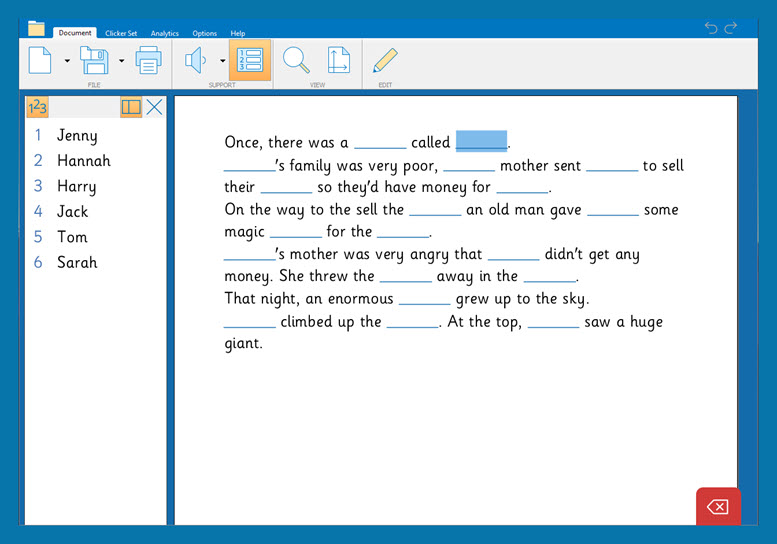
At this stage, when retelling the story orally, children may be adding and substituting their own details. This could be a good time to re-use the resources you used previously and have children retell their story with changes to solidify their ideas before moving on to the final stage.
Stage three: Invention
At this stage, children embark on writing their own stories while following the pattern provided in the model text. They could be referring to recordings in a Talk Set or their story map in a Clicker Board while they write.
The support tools available in the document could also be used to encourage and develop children’s proof reading and editing skills. They can hear their story read back to them at various stages of the writing process. The talking Spell Check and Predictor can provide support and help the writing fluency of less confident writers.
For children attempting a more challenging approach, such as a change of genre or viewpoint, Word Banks can provide further support and structure. Some children may benefit from the support of a Connect Set to help them to maintain the pattern offered by the model text .
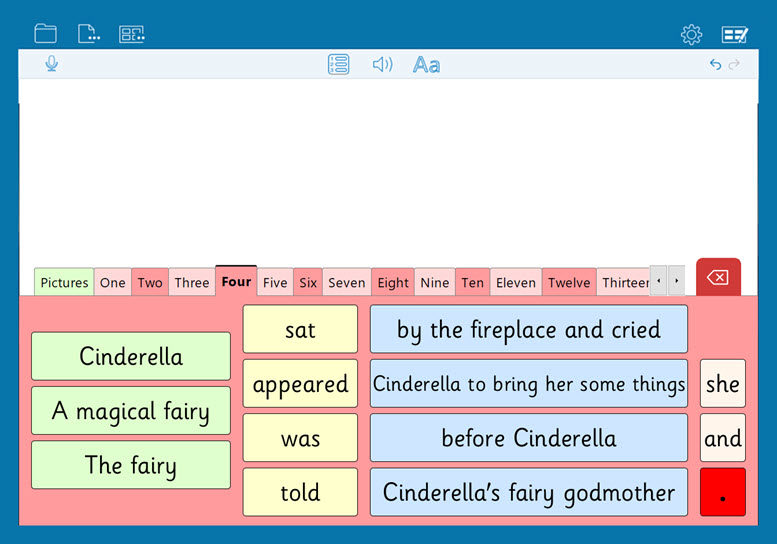
Once children are happy with their stories, they can be used to create a Clicker Book and children can record themselves using either just a microphone with the Record & Play button or with a webcam to include a video of them retelling their stories.
Throughout the writing process
While you’re working through each stage, you’ll also be covering various grammar rules and completing spelling tasks with pupils to reinforce their writing skills.
Some Clicker Sets that can help children to develop their writing include Expanding Sentences, which is a fantastic resource for encouraging children to embellish their writing and add more detail.

The resources in Creative Writing provide support for developing writing about various settings and characters, encouraging children to use more ambitious vocabulary and various sentence structures in their story and to help children to immerse themselves in their story.
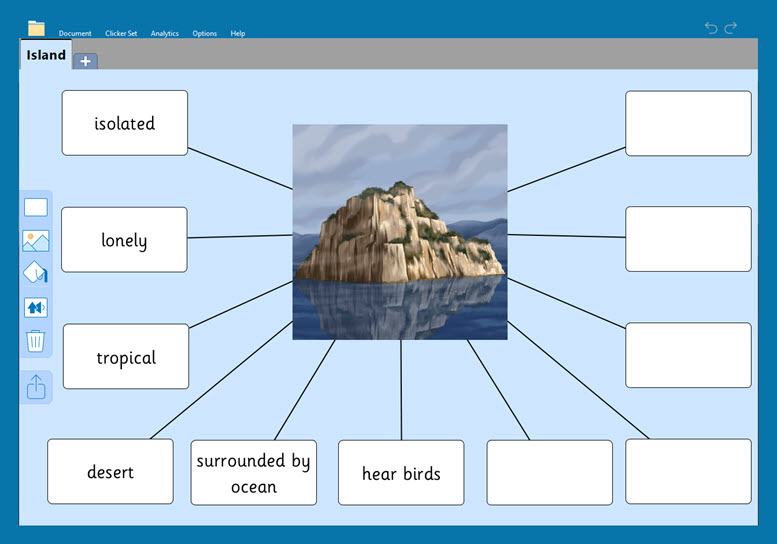
Although I have highlighted how Clicker can be used to support the Talk for Writing approach, our resources can be used to enrich any approach to the teaching of writing with Clicker 8.
If you have a particular topic or lesson idea that you would like some help with, you can contact me via phone at 01604 671691 or email at gemma.dean@cricksoft.com.

